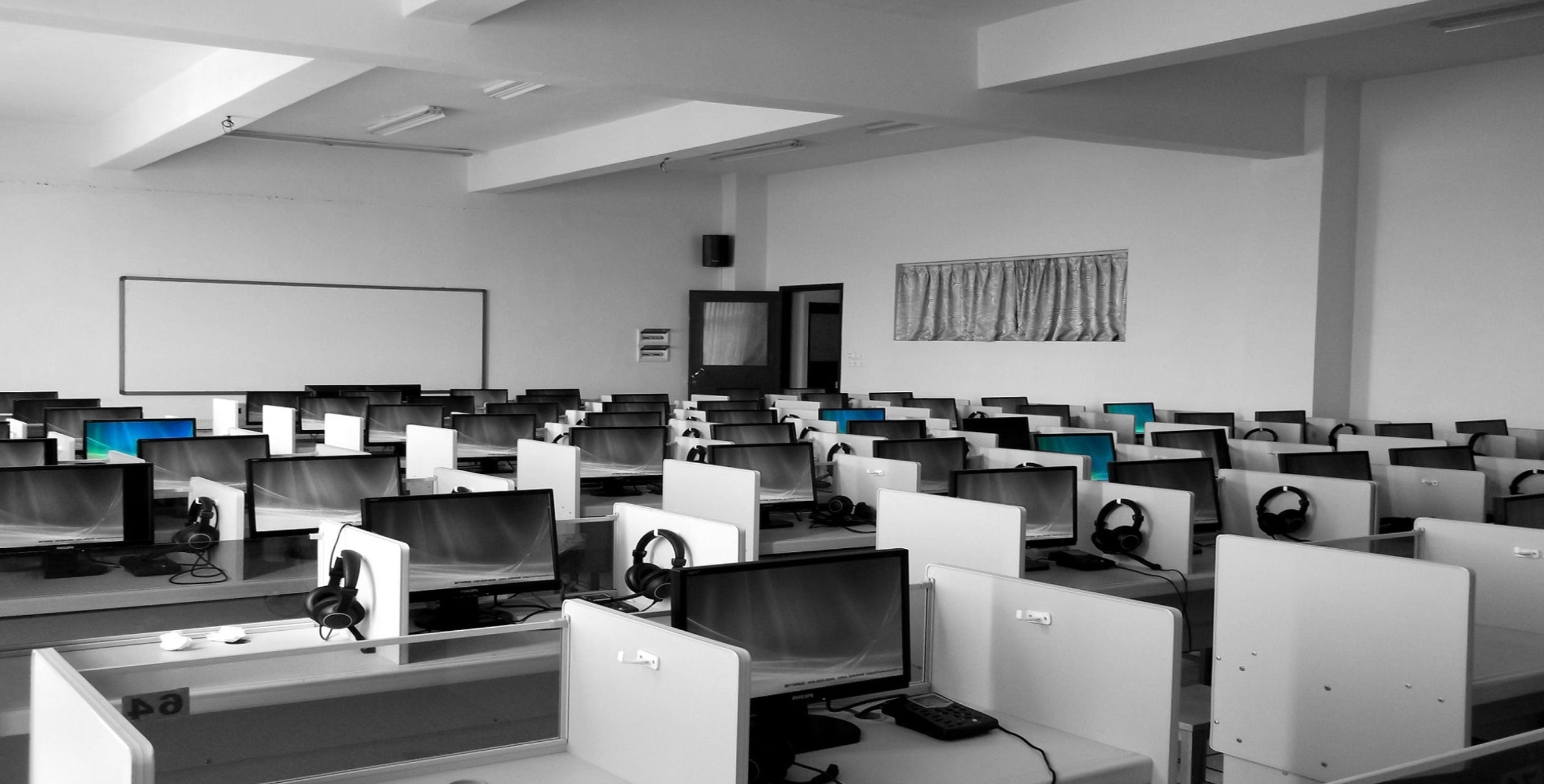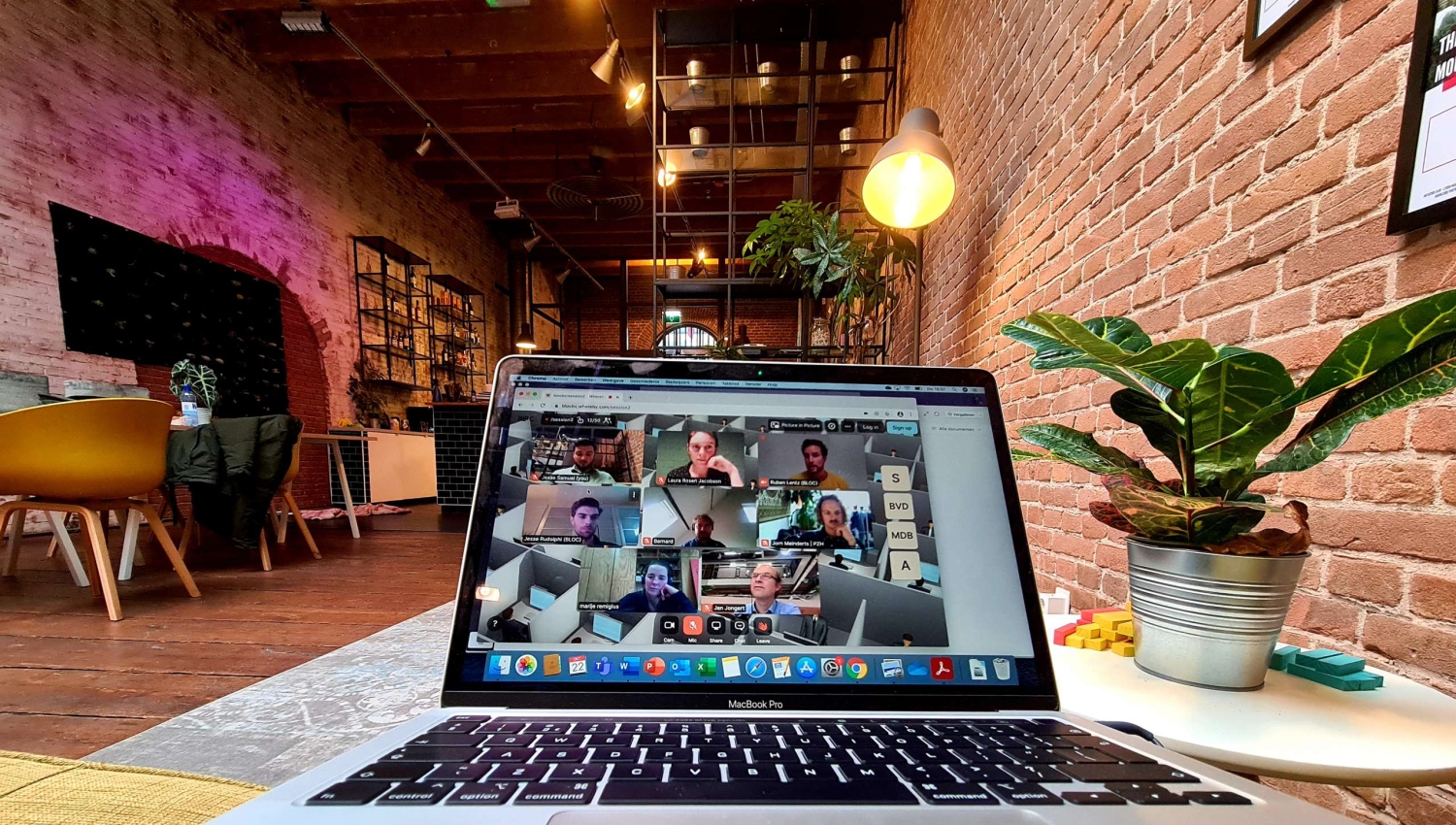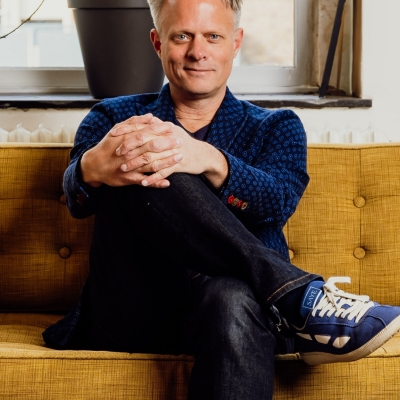THE OFFICE IS BROKEN
How our work environment is changing quickly and radically
An anecdote (always start with a nice anecdote) from last week that covered the transition of our entire working life.
In the middle of a Friday meeting hosted in my ‘own room’ in the online environment we use with our company, a Saturday face appeared. It was a parent from my son’s soccer team, who came to test the connection for following the game stream the next day. After some confusion among all participants, a small but hilarious conversation started between the soccer father and my meeting partners, resulting in some specific advice on how to use the online tool. It was a welcome break from a normally rather formal meeting, in which we already laughed, because my colleague lost his connection and threw out quite a few power phrases that were unintentionally audible to all attendees.
The entrance of the unexpected guest made us aware that we were not in the office, where this would never have happened. We are not allowed to go there because our offices are broken. They have been hacked by a virus. One soccer father with lousy timing made it clear that the boundaries between work and private life are really only determined by the clock. He gave us a welcome reality check: we were in a completely different space, connected by an effective but rather limited tool, and we reacted differently than we normally would. And that felt pretty good! The virus has irreversibly changed our perspective. Our perspective on the space we work in, the technology we use, and the culture we develop.

The space we work in
Many people have experienced that working from home is a viable alternative to working at the office. Employees experience greater freedom in the layout of their day, and employers have found that working from home does not have to be at the expense of productivity. Working from home also works! This has had an impact on the use of the offices, both quantitatively and qualitatively.
Quantitatively, it’s very simple: we use less office space now and in the future we won’t (all) go back to where we came from. Several companies (particularly from the technology sector as these are usually trend-setting) have already announced that (complete) working from home will continue to be possible in the future, even if the need is no longer there.
With regard to future office use, there are three types of organisation. First, the more traditional organisations that do go back to the situation as it was before this crisis and oblige their staff to come to the office. On the other hand, there are those organisations that no longer have an office at all and are starting to work 100% online (accelerator Rockstart is already divesting its offices). And, in between, are the organisations that will use less space. This last category of organisation can be divided into two segments: the organisations that leave their employees completely free as to whether they come to the office or work from home, and the organisations that expect their employees to work from home for some days every week (and therefore also be in the office for a few days a week). In both cases, these organisations need less office space. The multinational for which we are realising a new office space has abandoned the principle that every employee needs their own desk in just a few months, and now uses a ‘peak rate’ of 60%, working on a completely different office concept (in which at least 40% of the staff does not work at the office at any time). The trend is clear: in the future we will need fewer offices and smaller offices. This obviously has consequences for the office stock: there will be vacancy, rents will not rise any further and in the long run more offices will be transformed into homes (which – in the Netherlands – we will still be short of in the next ten years).
A smaller volume of square metres of office space is therefore mainly felt by the owners and investors. Employees will especially notice the revolution in the quality of the working environment. After all, from now on offices will have to emotionally compete with the home workplace, and every employee has invested in this. What’s more, everyone at home is in an environment that is in line with his or her own taste. And so the office should be more than just a collection of workplaces. If you just need a desk, you can also work at home or in the co-working centre around the corner. The surveys we have conducted among the staff of various companies show that employees mainly want to go to the office for social contact and for the quality of meetings with their colleagues. From now on, this is the most important ‘asset’ to remain in real estate terms: the office as a meeting place and collaborative workplace.
By spreading work activities over multiple locations, ‘activity-based working’ will rise. This trend had already started with digitisation; the ‘scattered office’ will even accelerate this transition. The core of this approach is to realise the best conditions for each activity. Business development, project-based working, knowledge exchange – every activity requires its own environment with specific facilities. In the office, these will be activities related to meeting and working together. Concentrated working and (online) 1:1 contact are activities for which your own home is already a good place to work.
With one of our clients (give an example from your own practice, but to the point that it doesn’t seem like cheap marketing) we are rapidly transforming a traditional office with allocated workspaces into a working environment in which all forms of meeting and collaboration are possible. This three-storey building in its new form has a simple concept: downstairs you work together, on the top floor you work alone. The first floor will be transformed into a co-working space in a café setting. While enjoying a good cup of coffee or a nice lunch, you can build relationships here and do business with colleagues or external partners and suppliers. The second floor will soon have all kinds of different spaces in which colleagues can work together. From stand-up spaces to project studios, and from brainstorm rooms to inspiration spaces. The second floor will be the place where you bridge your time between meetings. Here you can work in a concentrated way or in an online box with your colleagues or external partners. So only a third of the office is recognisable as the classic workplace we have known and used until now.

The technology we use
The office as we knew it offered a foothold. It had an attraction like the fjord to the lemmings. Strange as it may seem, we all went there at the same time every morning and at the end of the workday we all went home at the same time. By now we have discovered that we don’t have to jump into the fjord. We have got used to the office that spreads out over several locations, including our own home. And we’ve got used to the office having an online dimension. We are much more aware that we ourselves are part of a working network that – much less tied to place and time – is still productive and leads to progress.
Actually, it is like the separation of body and mind. Descartes (always quote a philosopher, which increases credibility) distinguished the body from the mind, the material from the immaterial. He was the first to make a link between the mind and the consciousness where the intelligence resides. It is actually remarkable that we have held on to the (material) office for so long, while the intelligence is in the (immaterial) network of smart minds and technologies, which can be connected independently of place and time and thus be of much more value. The office has perhaps prevented us from getting much more out of our intelligence much more quickly. In a ‘scattered working environment’ we can unlock much more knowledge than the knowledge we are able to gather in one place.
The digital transformation is driven by the fact that physical reality has come to a complete standstill. The possibilities were already there but are now being embraced, simply because we have no choice but to adapt. And adaptation happens fast. Companies will become even more adept at working ‘remotely’. This will drive the development of new online propositions, new skills and new technologies. And it will all change the way we work at an even faster pace.
The culture we develop
Our working culture is also changing. This crisis is lasting long enough not to fall back into our old patterns. And long enough to get used to the new way of working – which is not about new patterns, but about the lack of them. The new way of working is about change, embracing change and adapting. And about learning to deal with the technology which makes that possible. We already notice that habits have changed. ‘Is there a reason to do this online’ has been replaced with ‘is there a reason to do this physically’. And, just as easily, we will get used to the ‘scattered work environment’, the new ways of working and the new technologies. At least… most of us.
Because not everyone will be able to hold on. In the new work culture, inclusiveness on the work floor, digital or otherwise, is an enormous challenge. More and more people will not be able to keep up with the speed of change. And because we see each other less at the coffee machine in the pantry, we will not always notice that. Changing organisations will take less and less account of this growing group, some of which will become out of sight and more difficult to organise. Employers prefer to focus on finding new talent, which will also be easier to find because, with ‘remote reality’, it will no longer be necessary to find them around their original location alone. And so a section of the staff will fall behind and become more and more isolated.
Moreover, this changing work culture will have an impact on our whole lives. The separation between work and private life will fade even further, we will notice that we will start to behave less and less formally in our work and that this will become more and more accepted. In addition, our mobility will change; we will say goodbye to our lemming characteristics and commute less between home and work, because part of the work already happens in the home. We will have less business trips by plane, because the time that it takes must really outweigh the added value of physical contact. And where until recently a healthy workplace was mainly about health and safety standards, a good balance between work and private life, and between concentration and relaxation, will be the health themes of the future.

Experiment of life
Back to the ‘incident’ with the soccer father (Bob Ross would call this a happy little incident). In two valuable minutes he showed us how our working life has already changed radically. The understanding reaction of my meeting partners made me realise that we are all in the same twilight zone between two dimensions of which we know the previous one but not yet the next one. We are all in the same living lab, literally an experiment of life. We realise that everyone is searching and sometimes struggling. And we actually like the fact that in the ‘meantime’ the meeting etiquette has been thrown overboard and that we are discovering new rules. Or embracing the lack of them. We wear t-shirts and literally look at each other in the kitchen, sometimes even in the bedroom or children’s room.
It won’t be long before more and more people realise that the office as we know it today is a rather strange phenomena from a former paradigm. But how does the next paradigm work? What new spatial typologies are we going to develop? How does the new activity-based approach work? Which technologies can already help us today and how do we ensure that we can quickly embrace new technologies in the future? How do we shape changes in the organisation and keep everyone involved?
Managers and organisational strategists are best advised to acknowledge the fact that they do not know at this time. And state that we are all part of an extensive experiment. And make room for the rediscovery of our working lives. Also, literally: make room online for the conversation about changing work and create physical space to test new technologies, new ways of working and new manners. The office as a living lab for the working environment of the future. That is the best function you can give those somewhat strange locations – and exponents of the previous dimension – right now.
BLOC realises a living lab for the work location of the future with HEINEKEN and the province of Suid-Holland. On the Marineterrein in Amsterdam, BLOC is working on a living lab for the future of work. And with the company Vrumona, BLOC is developing a new future-proof working environment.
ideas, questions or suggestions? Contact Lennart Graaff

Lennart Graaff
- lennart@bloc.nl
- +31 6 52 30 16 64

